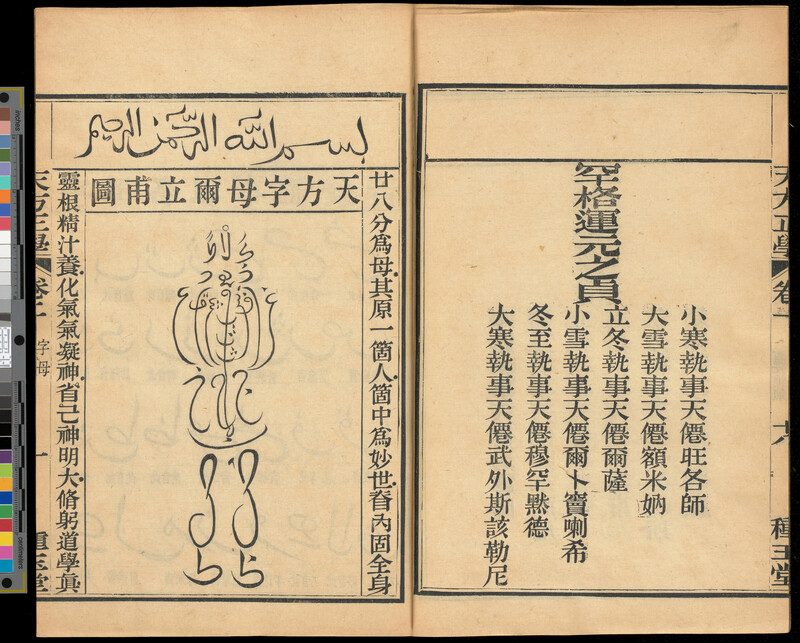Legacies of the Silk Roads
China connected to the wider world long before the Qing dynasty. Ancient trade routes, later known as the Silk Roads, linked China to the Mediterranean. Merchants, monks, soldiers, and diplomats traversed these routes throughout the centuries, together with their goods, ideas, and languages.
For Qing people, the Silk Roads were a distant memory. Most trade, often conducted by European empires, bypassed the old overland routes, instead using the sea. Ideas that once entered China via the Silk Roads, like Buddhism and Islam, remained and flourished under the Qing.
Translators enabled Buddhism to spread across Asia. This sutra, or scripture, translated from Sanskrit to Chinese, is an important Mahayana Buddhist text. Mahayana is a tradition of Buddhism popular in China and other East Asian countries.
Buddhists memorise popular mantras or incantations, such as this one, and recite them for protection. Rather than translating the meaning, these Chinese characters recreate the sound of the original Sanskrit text, a part of the Great Compassion Mantra.
In the seventh century, Chinese monk Xuanzang travelled to India over the Silk Roads to explore Buddhism. Still a relatively new faith in China, he studied Buddhism in its original languages. This novel about Xuanzang’s quest was written one millennium later, with Buddhism firmly established in China.
Introducing the history of Islam in China, this work includes parts of the Quran in Arabic. Calligraphy on the left presents the Arabic alphabet shaped to resemble a human figure.
This prayer book for the Jewish New Year (Rosh Hashanah) was made for a leader of a congregation to use in public prayer. It was created by the small but significant Jewish community of China’s ancient capital Kaifeng. Sources suggest that Jewish merchants arrived in China by way of the Silk Roads in the Northern Song era (960–1127) or perhaps already during the Tang (618–907).

